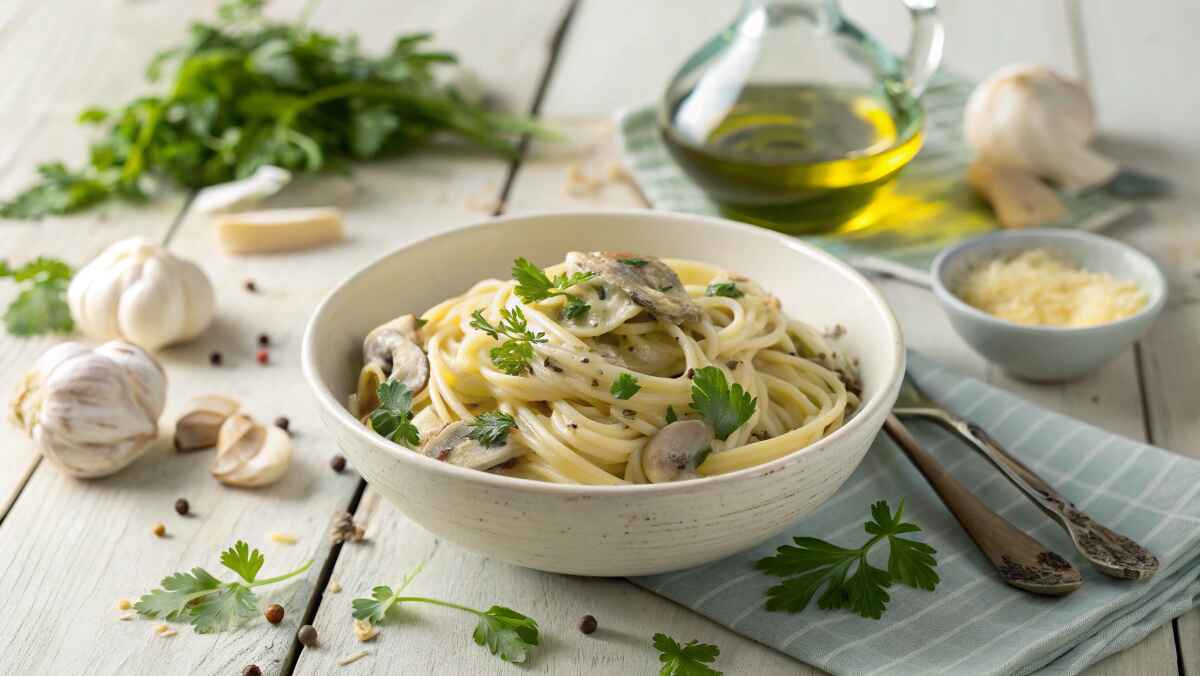When starting a weight-loss journey, choosing the right foods is essential. Salads are often seen as a go-to option, and among them, Cesar Salad stands out for its rich flavors and creamy textures. But is Cesar Salad healthy for weight loss, or does it come with hidden calorie traps? This article explores the salad’s nutritional profile, provides healthier adaptations, and offers practical tips for enjoying it guilt-free while staying on track with your diet.
Among them, the classic Cesar Salad stands out for its rich flavors and creamy textures.
Cesar Salad is undeniably one of the most beloved salads, featuring a combination of crunchy romaine lettuce, savory Parmesan cheese, crispy croutons, and a signature creamy dressing. Its unique flavor profile makes it a favorite on restaurant menus and at home. However, this popularity often comes at a nutritional cost. Unlike lighter salad options such as garden or spinach salads, Cesar Salad is known for its calorie-dense ingredients, particularly the dressing, which is rich in fats from oil, egg yolk, and cheese.
Despite this, the salad’s flavor and texture can make it an excellent base for a weight-loss-friendly dish when prepared with mindful substitutions. Understanding how to balance these flavors while reducing the calorie count is key to making it compatible with your dietary goals.
But is it truly a weight-loss-friendly option, or does it hide calorie traps?
The answer lies in how the salad is prepared and customized. The traditional Cesar Salad, while delicious, can be a calorie-heavy indulgence due to the high-fat dressing and toppings like fried croutons and bacon. A single serving of a restaurant-style Cesar Salad can range between 400-600 calories, depending on portion sizes and added proteins like fried chicken. These hidden calorie traps often make it less suitable for weight loss in its original form.
On the flip side, Cesar Salad’s foundation of fresh lettuce and protein options like grilled chicken or shrimp offers a great starting point for customization. By swapping high-calorie ingredients for lighter alternatives, it’s possible to retain its deliciousness while making it a weight-loss ally.
Let’s explore its nutritional profile, discuss healthier adaptations, and provide practical tips for incorporating Cesar Salad into your diet.
This guide dives into the Cesar Salad’s nutritional value, identifying the key ingredients that make it a high-calorie dish and providing actionable ways to lower its calorie count. From exploring alternative dressings to adding fiber-packed vegetables, you’ll learn how to transform this classic dish into a balanced, weight-loss-friendly meal. Whether you’re dining out or preparing it at home, these tips will empower you to make smarter choices without sacrificing flavor. By the end, you’ll not only understand the Cesar Salad’s role in weight loss but also have the tools to enjoy it guilt-free as part of a healthy, satisfying diet.
The Nutritional Landscape of Cesar Salad
A Brief History of Cesar Salad
Cesar Salad originated in the 1920s in Tijuana, Mexico, crafted by Caesar Cardini. Its combination of simple ingredients—romaine lettuce, croutons, Parmesan cheese, and creamy dressing—quickly gained global popularity. Despite its fame, the salad’s original recipe has evolved into more calorie-dense versions featuring bacon, creamy dressings, and fried toppings.
Understanding the origins helps us appreciate the balance between flavor and health. The traditional Cesar Salad was simple and light compared to the versions available today, many of which require careful customization for weight-loss purposes.
Nutritional Breakdown: The Good, The Bad, and The Modifiable
Let’s analyze the main components of Cesar Salad:
Key Ingredients and Their Calorie Impact
- Romaine Lettuce: A low-calorie, nutrient-rich vegetable, offering hydration and fiber.
- Cesar Dressing: Often high in calories (150-200 calories per 2-tbsp serving), due to its oil, egg yolk, and cheese content.
- Croutons: Provide texture but add refined carbs and calories (80-120 calories per handful).
- Parmesan Cheese: While rich in protein and calcium, a tablespoon contains about 22 calories.
Hidden Pitfalls
- High Sodium: Both the dressing and cheese can contribute to excessive sodium levels.
- Empty Calories: Croutons, if not whole-grain, offer limited nutritional value.
Can Cesar Salad Support Weight Loss?
The Benefits of Cesar Salad
When prepared mindfully, Cesar Salad can fit into a weight-loss diet:
- Vegetable Base: Lettuce provides bulk and fiber, keeping you full without adding many calories.
- Protein Options: Adding grilled chicken, shrimp, or tofu transforms the salad into a balanced meal.
- Portion Control: Salads are naturally easy to portion, making it easier to avoid overeating.
How to Eat Cesar Salad for Weight Loss
- Opt for a smaller portion of dressing or choose low-calorie alternatives.
- Pair your salad with a lean protein source to enhance satiety.
- Avoid calorie-heavy extras like fried croutons and excessive cheese.
Potential Drawbacks of Traditional Cesar Salad
While the salad has benefits, certain elements may hinder weight loss:
- High Caloric Content: The dressing alone can contribute over 200 calories to your meal.
- Lack of Fiber: Without additional vegetables, it may lack enough fiber to keep you full.
- Hidden Fats: Many dressings use oils and cheese that quickly add up in calories.
To avoid these pitfalls, focus on customization. Swap out the dressing, reduce croutons, and add fibrous vegetables like cherry tomatoes and cucumbers.
Making Cesar Salad Healthier at Home
Customizing Cesar Salad for Weight Loss
Creating a weight-loss-friendly Cesar Salad at home is simple. Here’s how:
Swap Out High-Calorie Ingredients
- Replace traditional dressing with a Greek yogurt-based or vinaigrette option.
- Use roasted chickpeas or seeds instead of croutons for added crunch and fiber.
- Add more vegetables to increase volume without adding calories.
Incorporating Lean Protein
Adding grilled chicken, shrimp, boiled eggs, or tofu not only boosts protein but keeps you satisfied for longer periods.
Recipe: Low-Calorie Cesar Salad
Ingredients:
- 2 cups romaine lettuce
- 3 oz grilled chicken
- 2 tbsp light Cesar dressing
- 1 tbsp Parmesan cheese
- 1 tbsp roasted chickpeas (optional)
Instructions:
- Chop and rinse romaine lettuce.
- Grill chicken and cut into slices.
- Toss lettuce with dressing, sprinkle Parmesan cheese, and add roasted chickpeas.
- Serve fresh.
Comparing Cesar Salad to Other Salad Options
How Does Cesar Salad Compare?
It’s helpful to understand how Cesar Salad stacks up against other popular salads:
- Greek Salad: Rich in healthy fats from olives and feta, but lower in calories compared to Cesar Salad.
- Garden Salad: A lighter option with fewer calories and higher fiber.
- Spinach Salad: A nutrient-dense choice loaded with iron and Vitamin C.
For a unique twist on salads, check out the recipe for Caesar Pasta Salad for a filling alternative.
Misconceptions About Cesar Salad
There’s a common belief that all salads are healthy. However, the truth is:
- Not all salads are low-calorie. Many dressings and toppings can turn them into calorie bombs.
- Portion sizes matter. Overloading on croutons and cheese can quickly derail your weight-loss goals.
Expert Opinions and FAQs
FAQs About Cesar Salad and Weight Loss
1. Can I Eat Cesar Salad Every Day?
Yes, if modified to reduce high-calorie components like dressing and croutons.
2. What Are Some Healthy Toppings for Cesar Salad?
Try grilled chicken, roasted chickpeas, or boiled eggs for protein and fiber.
3. How Can I Enjoy Cesar Salad While Dining Out?
Request the dressing on the side and avoid heavy toppings like fried croutons or bacon.




